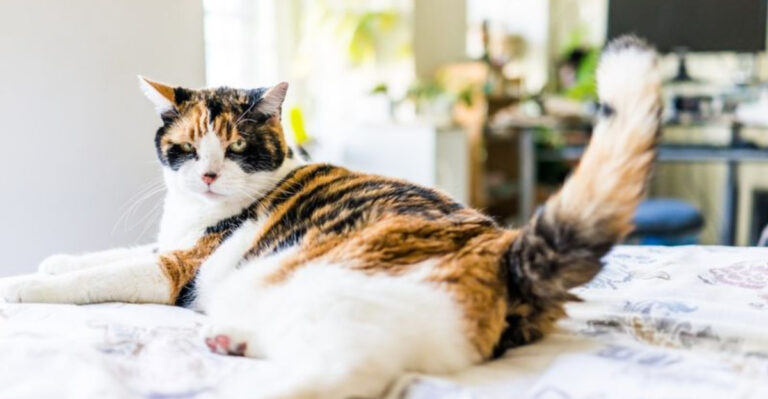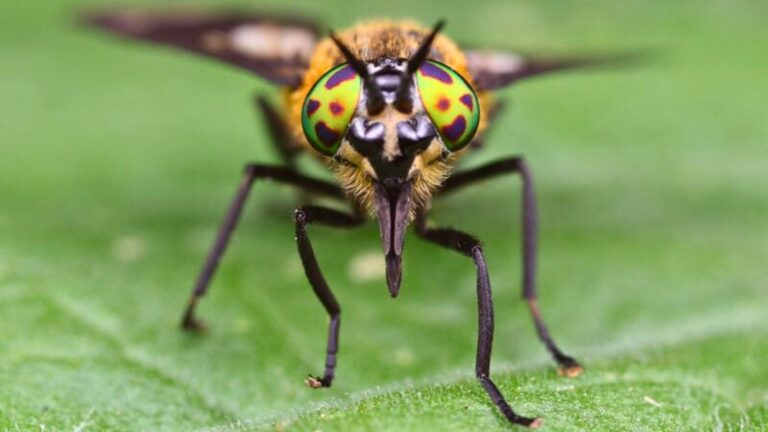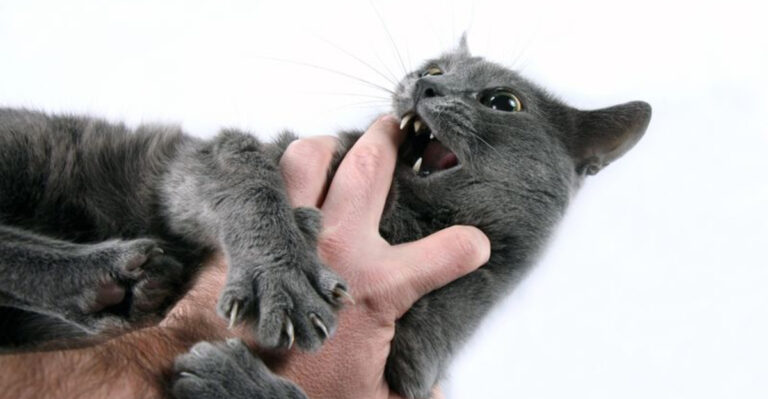9 Pros Of Owning Multiple Cats & 4 Cons That Will Make You Think Twice
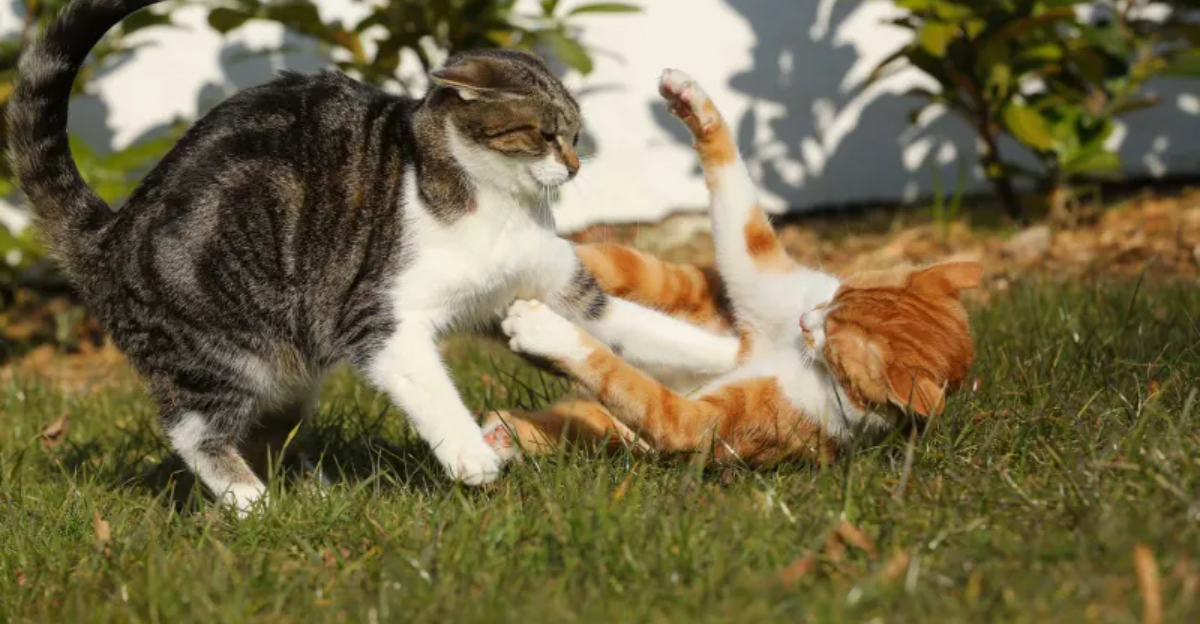
Ever wondered what life would be like with a mini cat colony in your home? Many cat lovers can’t stop at just one feline friend, and for good reason!
While having multiple cats can fill your home with purrs and entertainment, it also comes with challenges not everyone considers. Let’s explore both sides of the multi-cat household experience to help you decide if you’re ready for more whiskers in your life.
1. Constant Entertainment
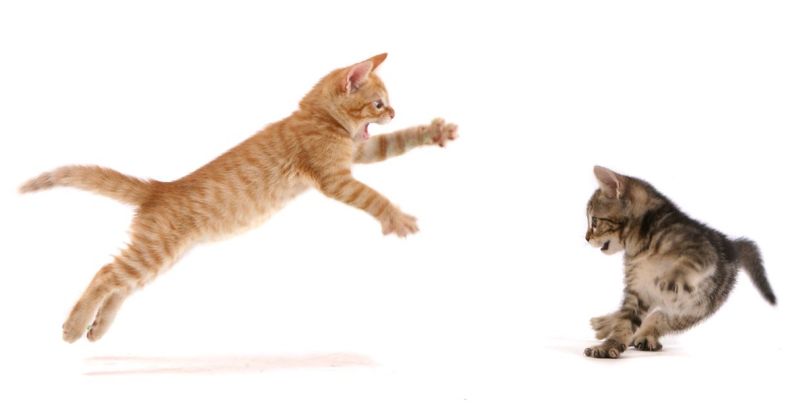
Your home transforms into a 24/7 feline variety show when you have multiple cats. They chase each other around furniture, wrestle in unexpected places, and create games only they understand.
During those boring weeknights, instead of scrolling through social media, you’ll find yourself laughing at their synchronized zoomies or mysterious midnight parkour sessions. The entertainment value alone makes multiple cats worth considering!
2. Built-in Companionship
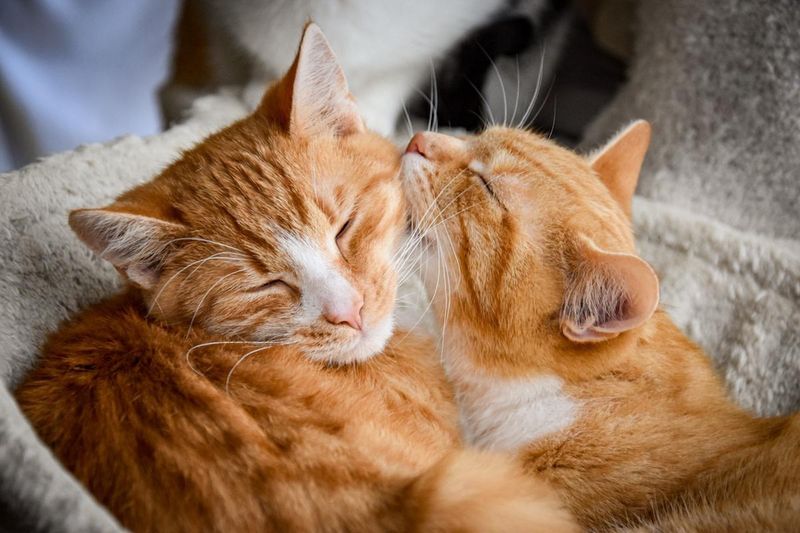
Cats are social creatures despite their independent reputation. When you’re away at work or running errands, your cats keep each other company instead of waiting alone.
They groom each other, nap together in sunbeams, and provide the social interaction they naturally crave. This companionship reduces separation anxiety and prevents the loneliness a solo cat might experience when you’re not around.
3. Shared Resources Save Money
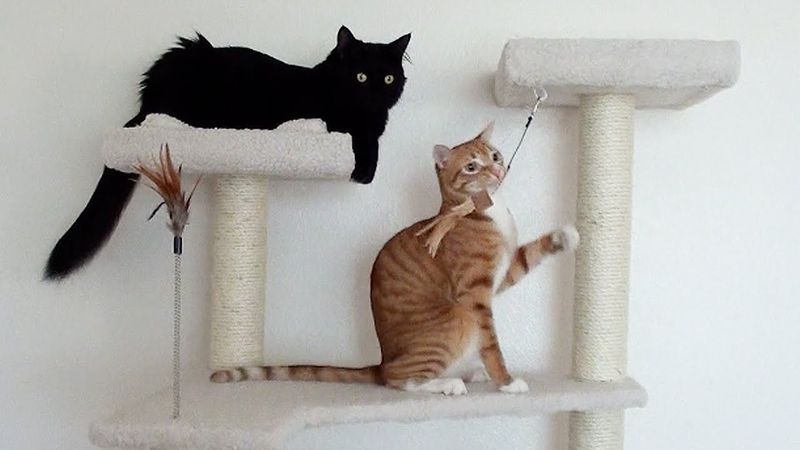
Getting a second (or third) cat doesn’t double your expenses. Many resources like scratching posts, cat trees, litter boxes, and toys can be shared, making multiple cats more economical than you might think. Food costs increase, of course, but bulk buying often reduces the per-cat cost.
Vet visits can sometimes be scheduled together, potentially saving on transportation and time. The joy-per-dollar ratio definitely improves with multiple feline friends!
4. Better Socialized Felines

Cats with feline siblings often develop better social skills. They learn appropriate play boundaries, improve their communication, and generally become more adaptable to new situations and visitors.
Multi-cat households frequently report their pets are more relaxed around strangers and less prone to stress-related behaviors. This socialization happens naturally through daily interactions, teaching cats valuable skills they’d miss out on living solo.
5. Double The Pest Control

Even well-fed house cats maintain their hunting instincts. Multiple cats create an efficient pest patrol team that leaves no corner unchecked for unwanted insects or rodents.
While one cat might miss that spider in the bathroom, a team approach ensures your home stays relatively bug-free. The territorial nature of cats means they’ll collectively defend their domain against any critters that dare enter their kingdom.
6. Health Issue Detection Squad

Cats are incredibly sensitive to changes in their environment, including when their feline housemates aren’t feeling well. Multiple cats often alert owners to health problems through behavior changes. You might notice one cat suddenly avoiding or paying extra attention to a sick companion.
This early warning system can help you spot health issues before they become serious. Cat owners frequently report one cat’s behavior change led them to discover another cat’s illness.
7. More Love To Go Around
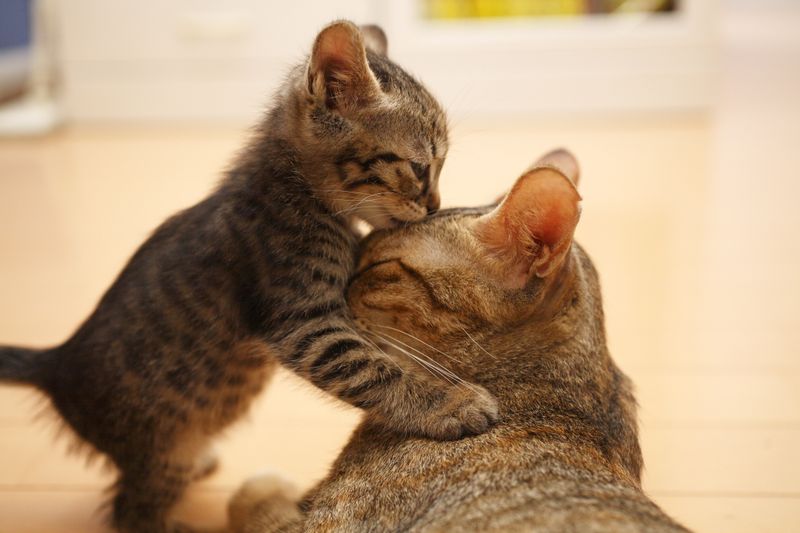
Each cat brings its unique personality and affection style to your home. One might be a lap cat while another prefers to show love by following you around or sleeping at your feet. These different expressions of feline affection create a rich emotional environment.
On tough days, having multiple sources of purr therapy is genuinely therapeutic. Research shows interactions with pets lower stress hormones – imagine what multiple cats can do!
8. Easier Vacation Planning
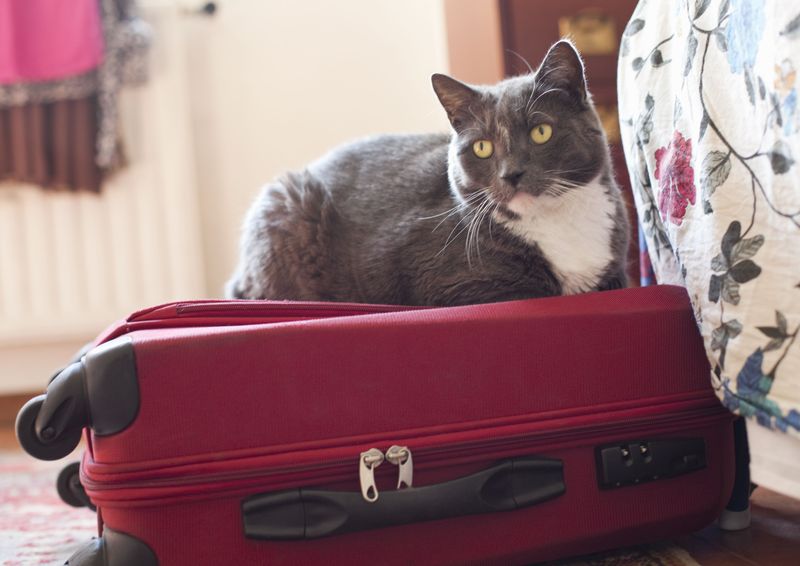
Bonded cats keep each other company when you travel, making vacation planning less stressful. While single cats might get lonely with just a pet sitter’s brief visits, multiple cats maintain their normal social interactions.
Many cat sitters charge by visit rather than by animal, making it economically smarter to have multiple cats. Your feline friends will still miss you, but they’ll cope better with their built-in support system during your absence.
9. Unique Personality Combinations

No two cats have identical personalities, creating fascinating relationship dynamics in multi-cat homes. You’ll witness surprising friendships, hilarious rivalries, and complex social hierarchies that change over time.
The shy cat might gain confidence from the bold one. The serious cat might learn to play from the goofy one. These interactions create a constantly evolving household dynamic that keeps life interesting and provides endless stories to share.
10. Litter Box Maintenance Overload
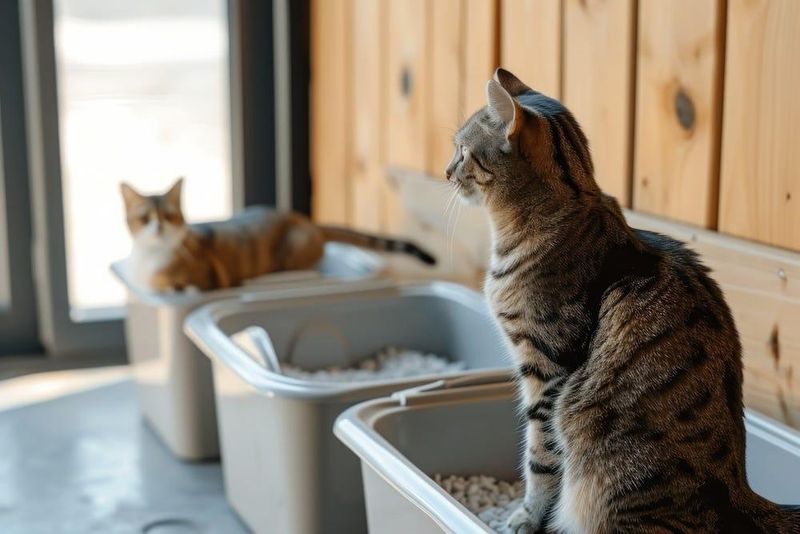
The golden rule of one litter box per cat plus one extra means multi-cat households need significant space dedicated to bathroom facilities. Finding room for three, four, or more litter boxes challenges even the most creative home layouts.
Daily scooping becomes an unavoidable routine that can’t be postponed. Miss a day, and you’ll definitely know it! The increased frequency of complete litter changes and box washing adds another layer to your cleaning schedule.
11. Multiplied Veterinary Expenses

Regular check-ups, vaccinations, and unexpected illnesses cost significantly more with multiple cats. One dental cleaning can run hundreds of dollars – now multiply that by your cat count! If multiple cats get sick simultaneously (common with contagious conditions), you’re facing substantial bills all at once.
Pet insurance helps, but premiums increase with each additional cat. The financial commitment extends throughout each cat’s potentially 15-20 year lifespan.
12. Furniture Destruction Magnified
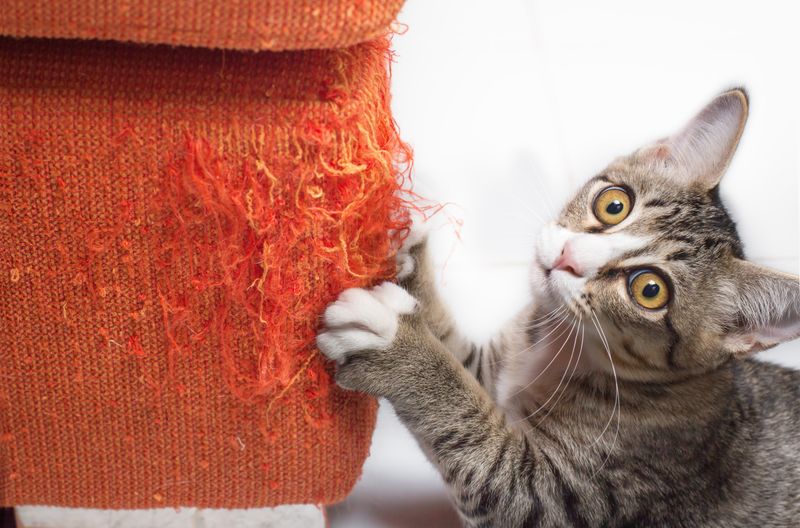
One cat might occasionally scratch furniture despite having appropriate alternatives. Multiple cats can turn this occasional issue into systematic home destruction through competitive marking behaviors.
They may encourage each other’s mischief or create new games involving your curtains, couch corners, or carpet edges. Even with plenty of scratching posts, the increased territory marking instinct with multiple cats means more potential damage to your belongings.
13. Potential Compatibility Issues
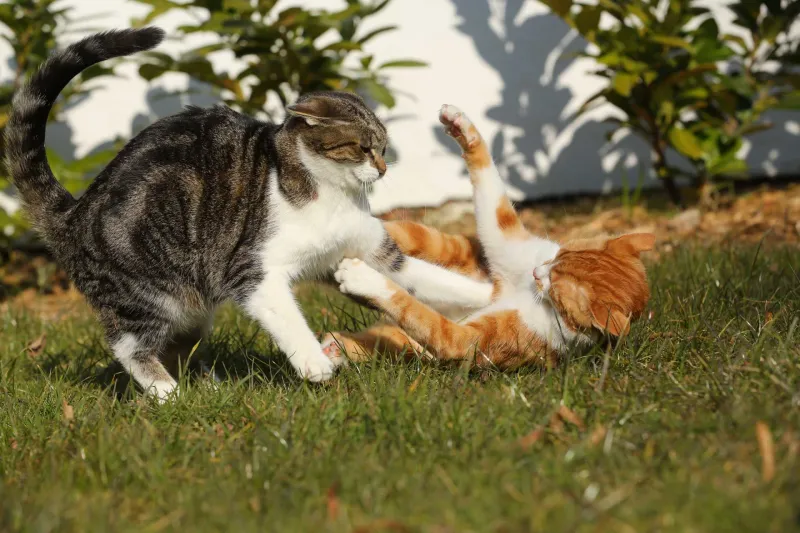
Not all cats naturally get along, even with careful introductions. Some personalities simply clash, leading to stress for both the animals and you. Territorial disputes can manifest as spraying, aggression, or hiding behaviors.
Forced cohabitation between incompatible cats creates ongoing tension that affects everyone’s quality of life. While many cats eventually adapt, some never fully accept each other, requiring permanent management strategies like rotating access to different areas of your home.

